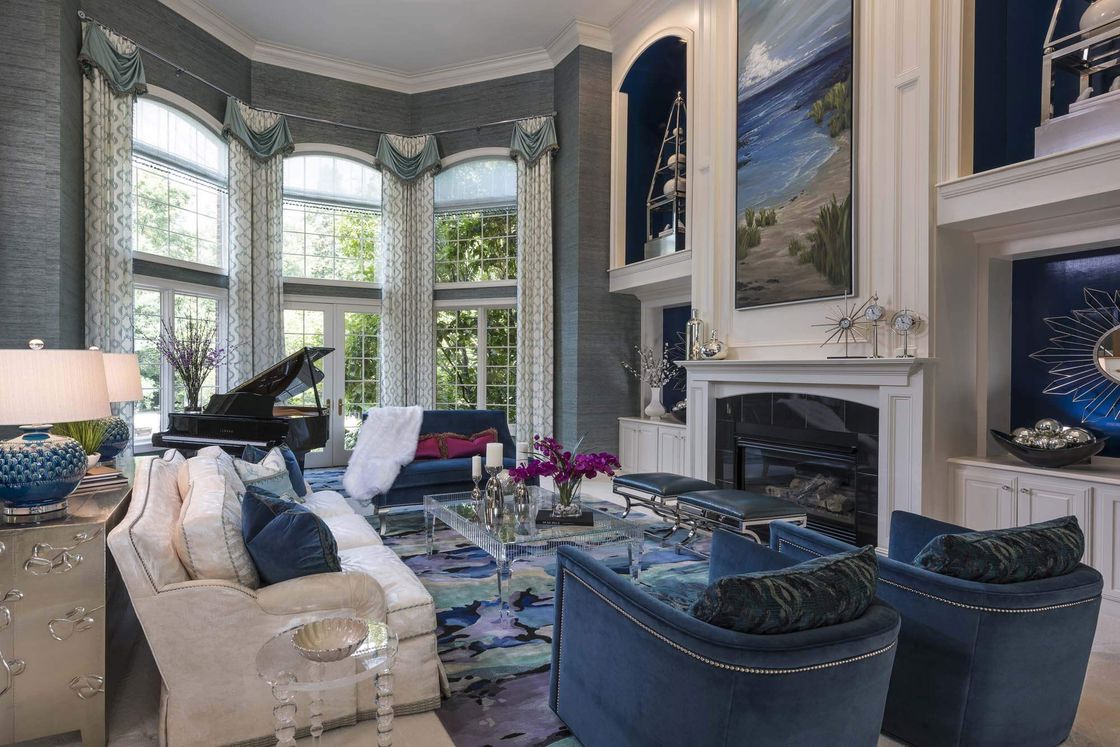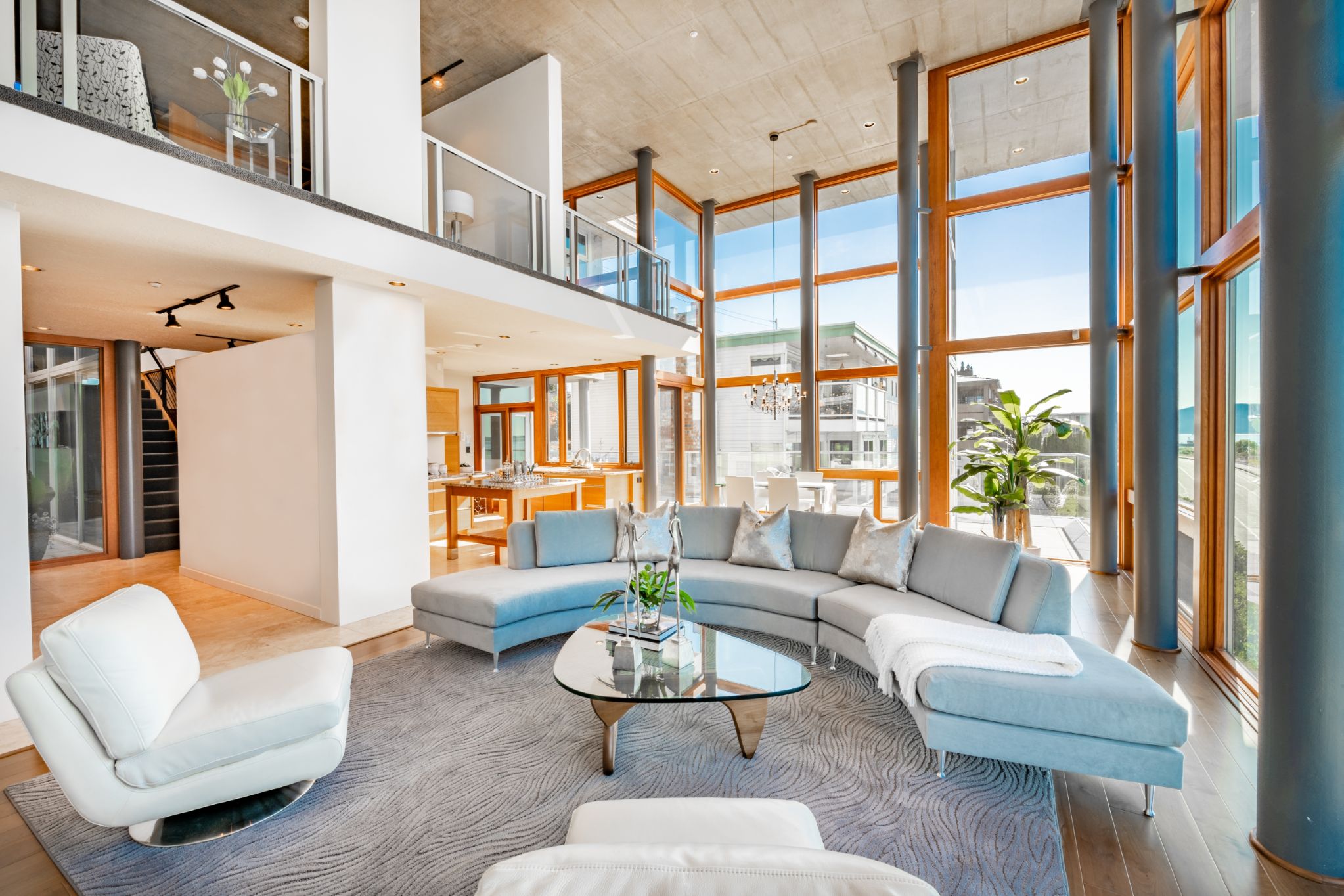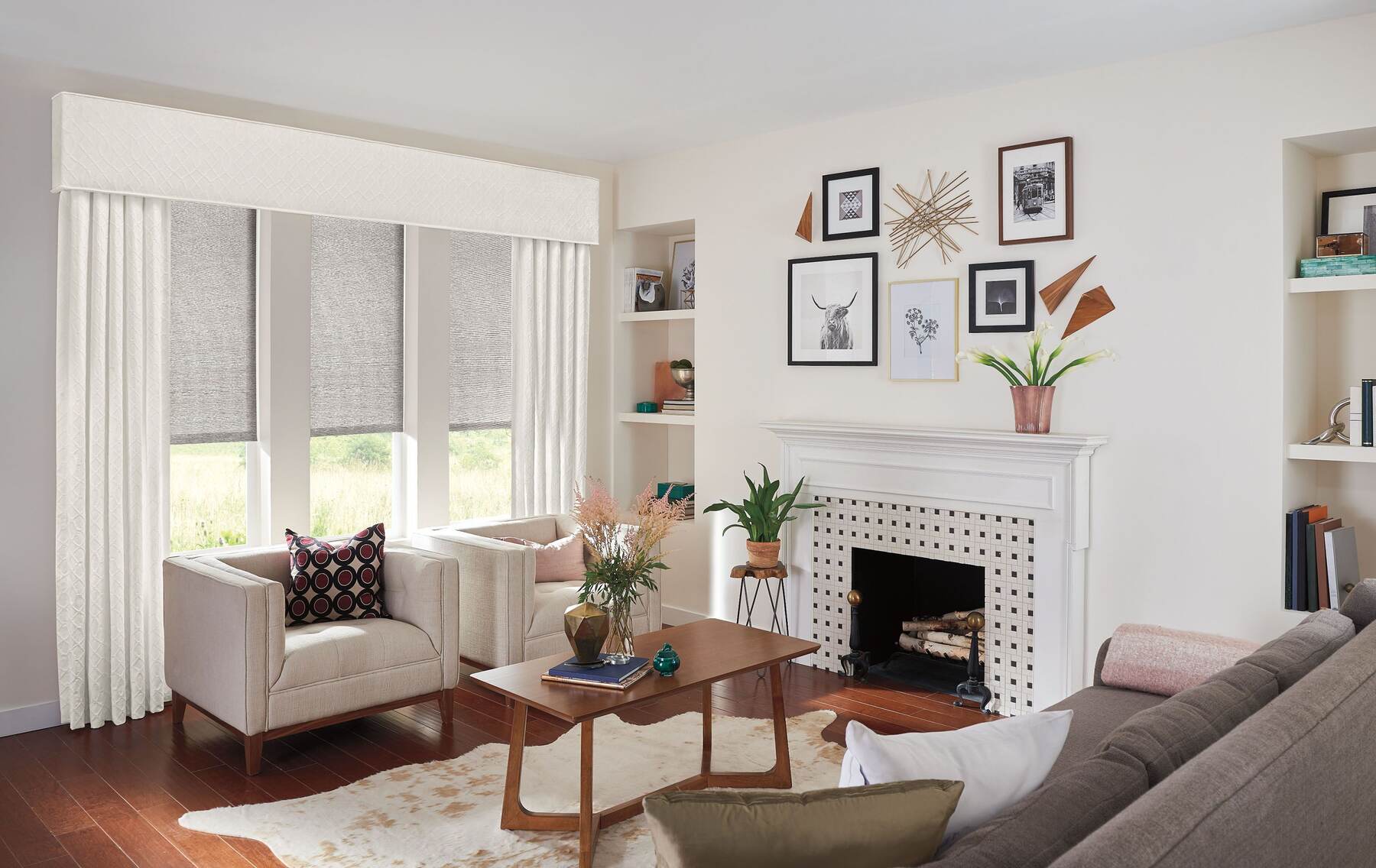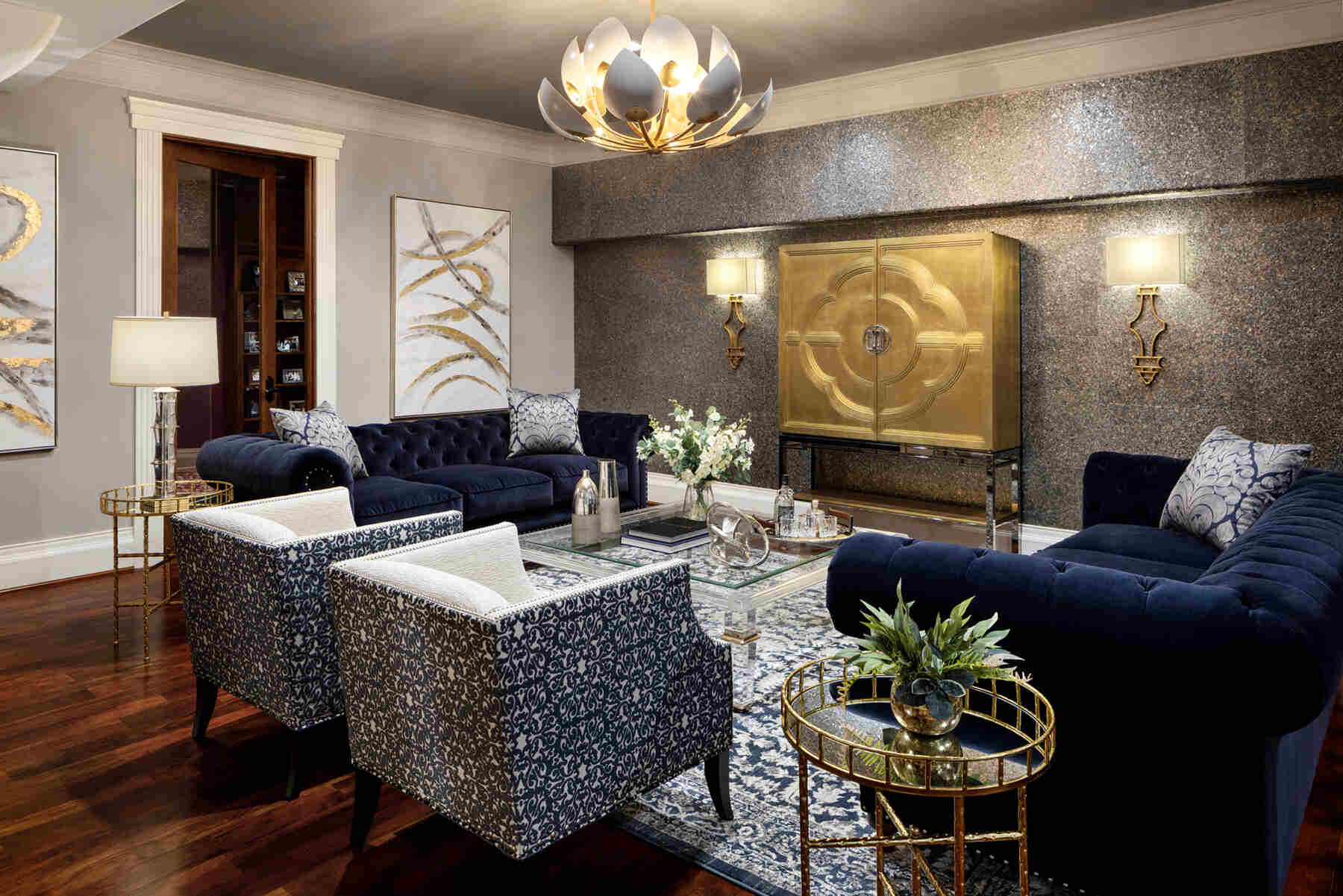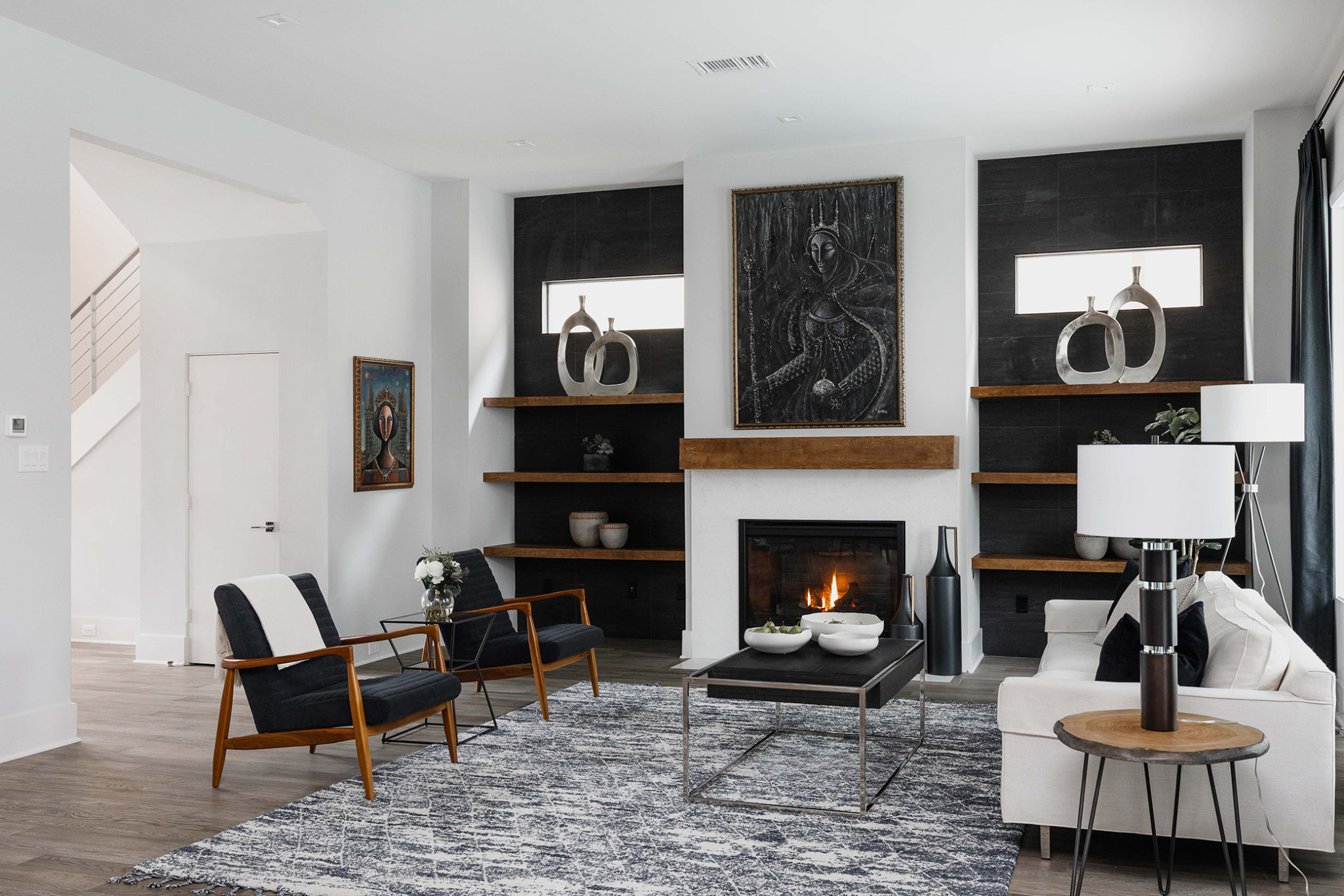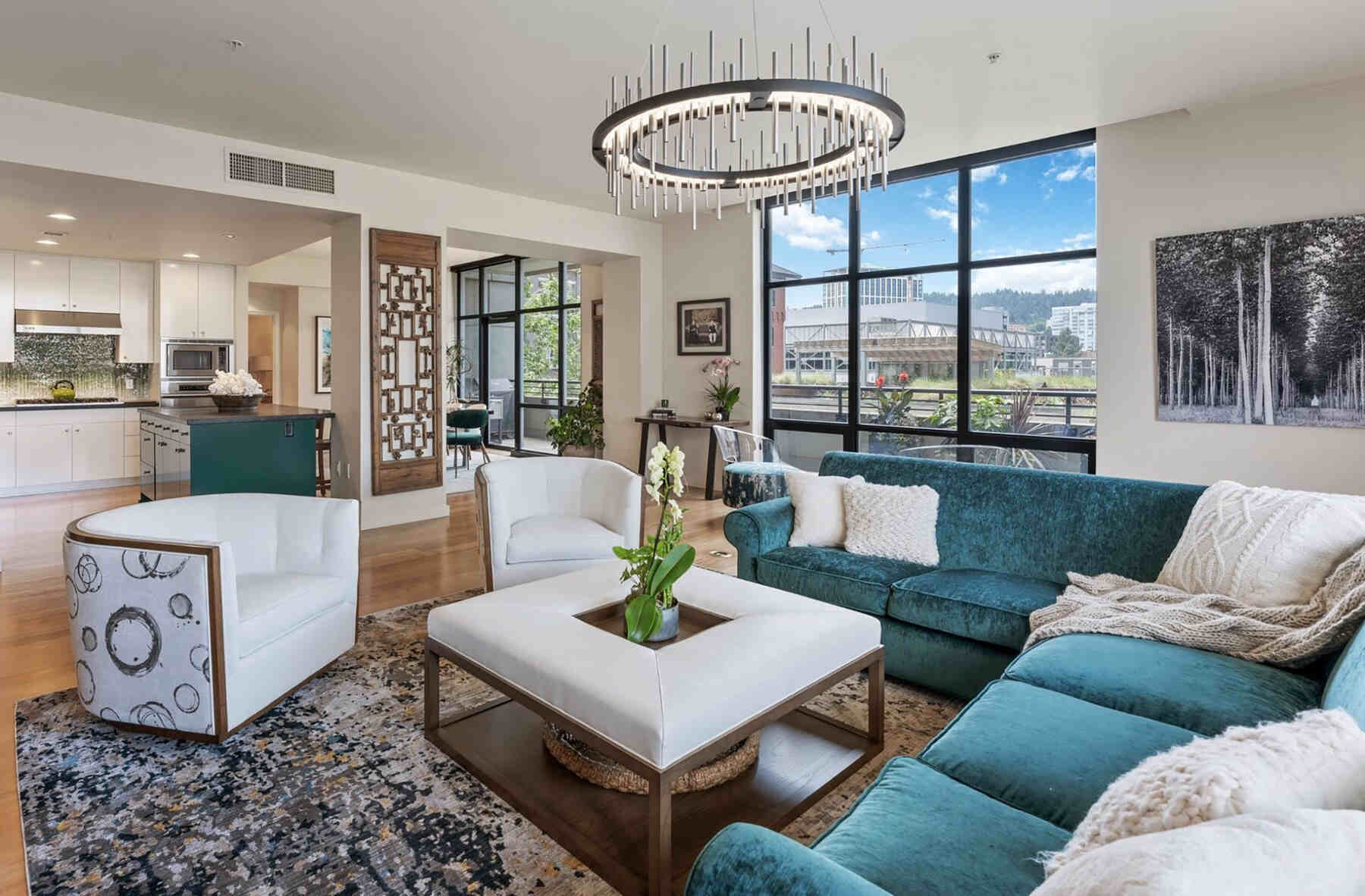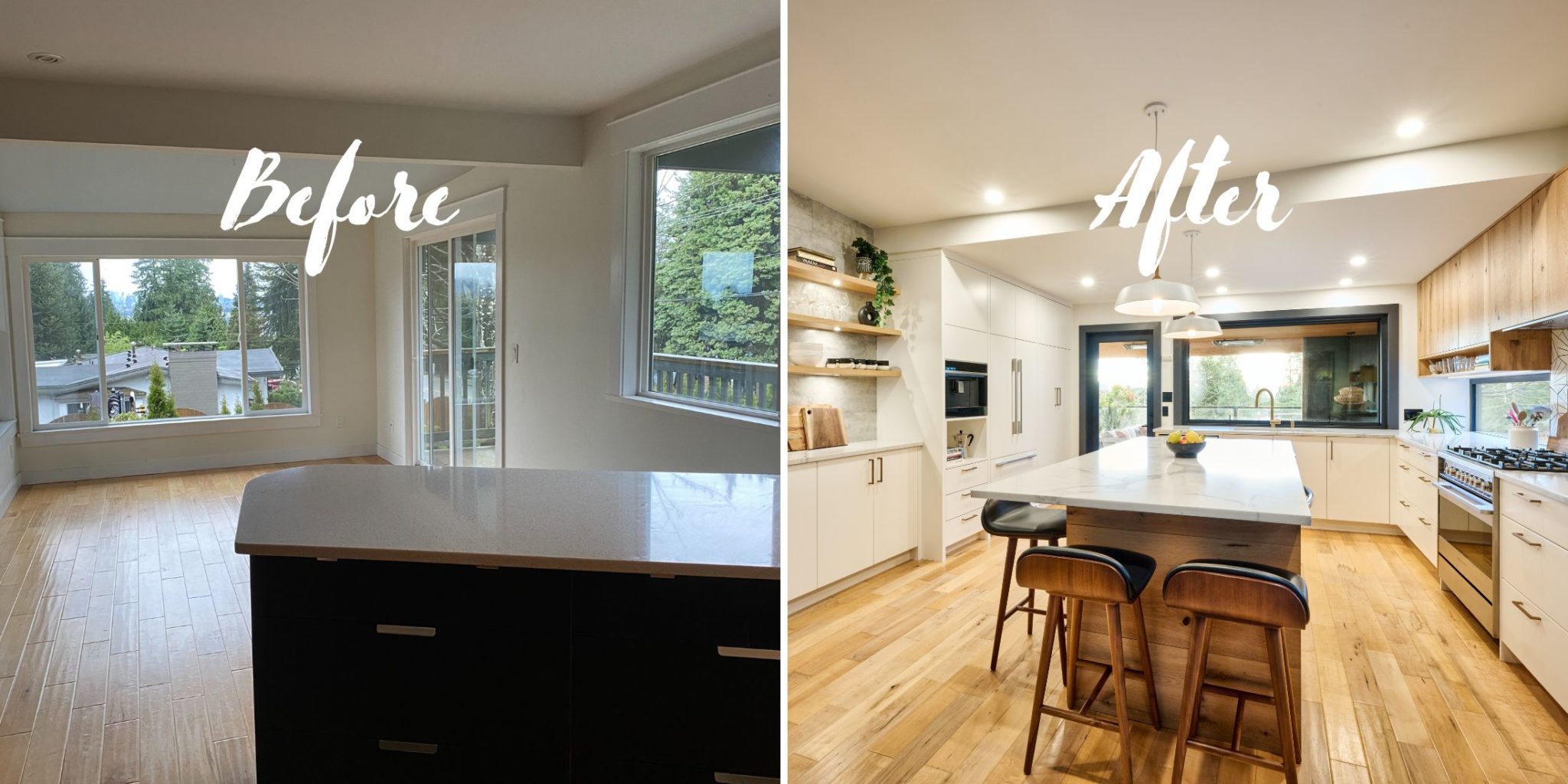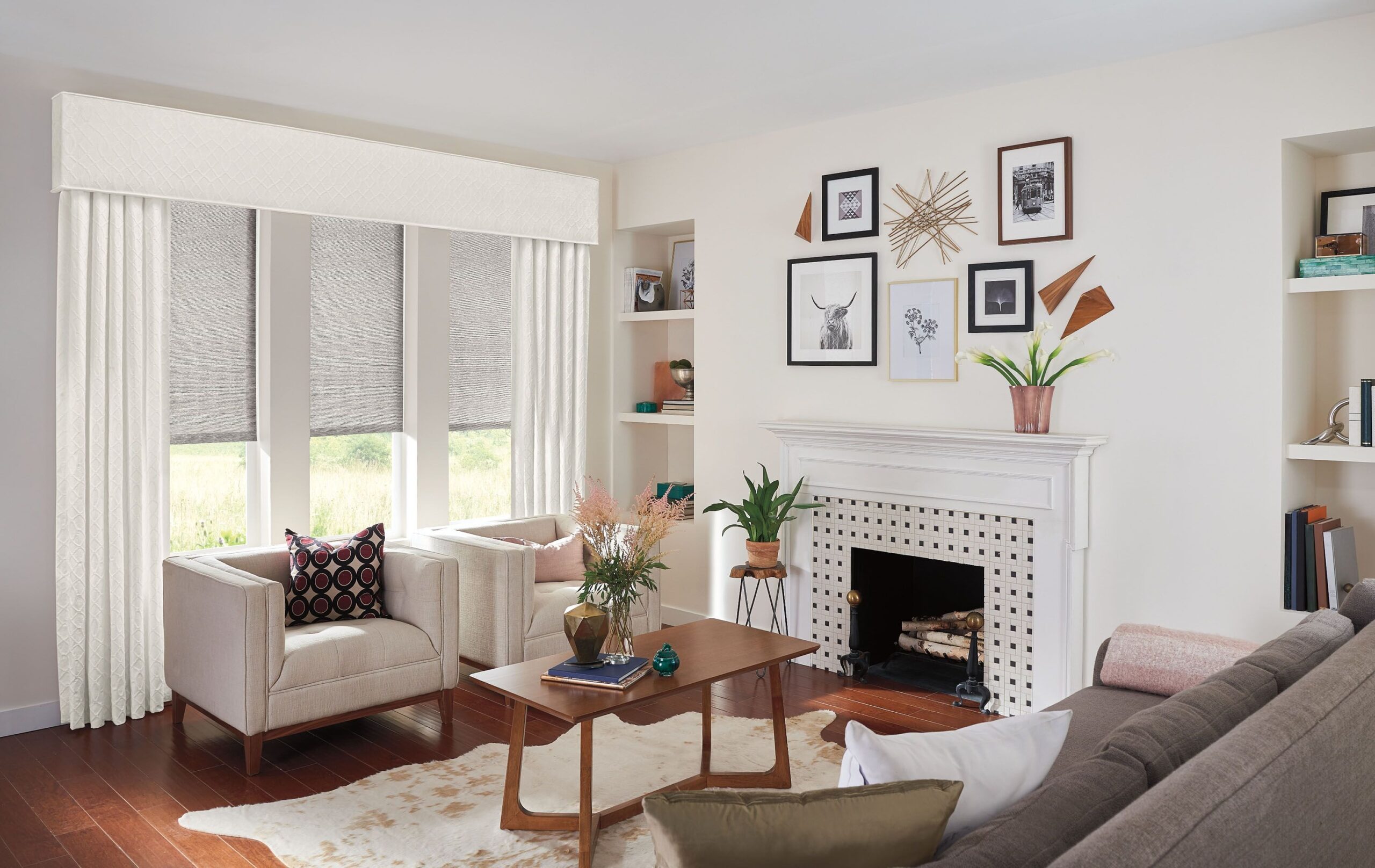As much as I love sustainable interior design ideas, I couldn’t successfully incorporate them into my home until I tapped into expert guidance. I didn’t even know how to distinguish sustainable designs from normal ones. Now that I possess the experience and knowledge about this design style, I’m so excited to share my insights with fellow homeowners – like you! So, are you ready to transform your home into an eco-friendly sanctuary that marries style with sustainability? Let’s get to it!
Sustainable Interior Design Ideas
Sustainable interior design is not just a trend; it’s a global movement. It’s a collective effort, gaining popularity each day as more people recognize its positive impact on both the environment and personal well-being. From repurposing old furniture to incorporating energy-efficient lighting, we are part of this movement.
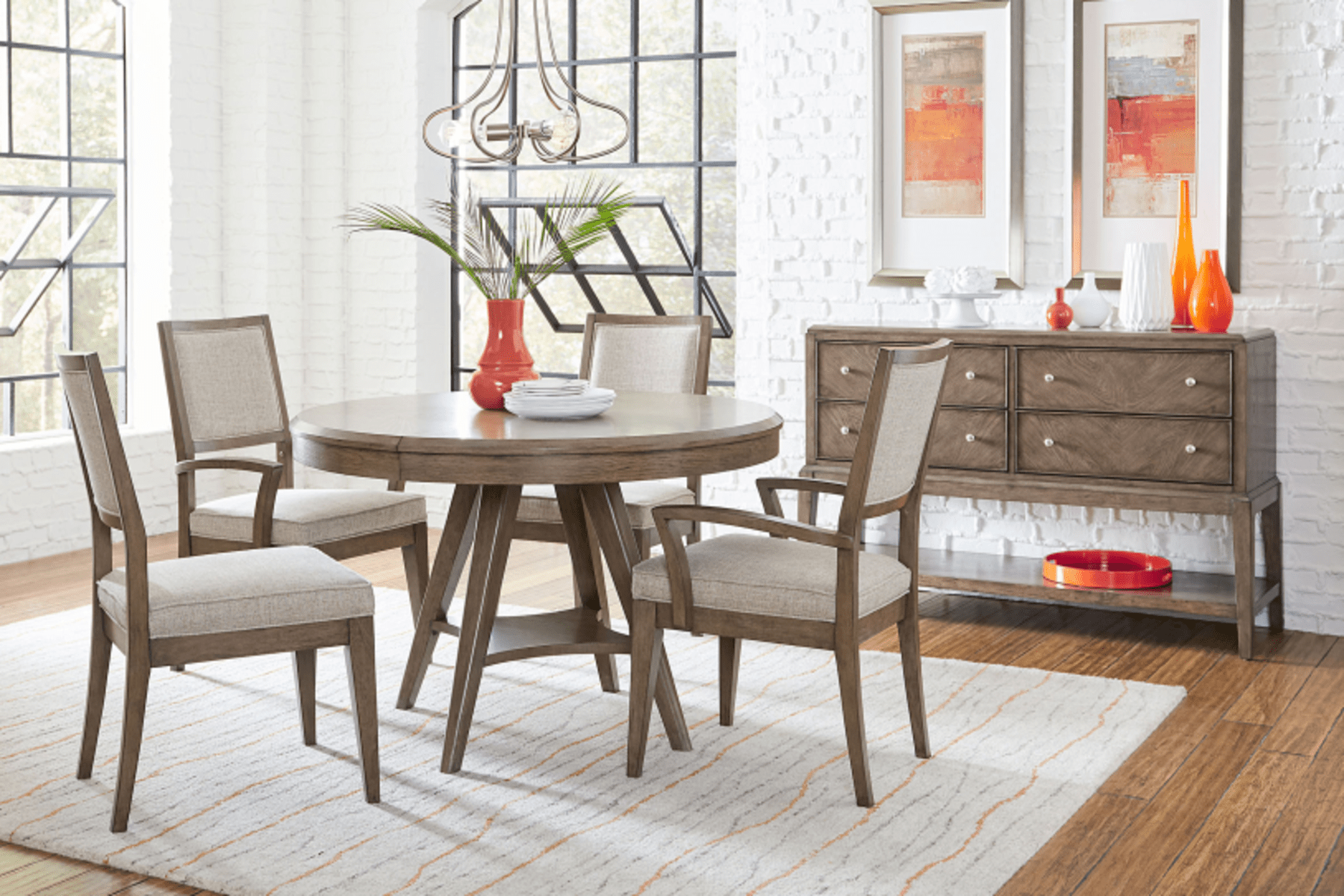
Additionally, it encourages creativity and innovation. It does this by inspiring homeowners to think outside the box when decorating their spaces while being mindful of the planet.
The best part? Incorporating these ideas into your home doesn’t have to break the bank. At JD Elites Interior, we offer affordable services to help you design your living space in a way that suits your needs and budget. Our experts will implement sustainable interior design ideas on your behalf, making it super easy for you to transform your living space and save the planet at the same time.
If you are curious like me about sustainable interior design, here are a few simple ways to make your place more earth-friendly:
Choose Rattan Furniture
Opting for rattan furniture is a smart move in sustainable interior design. Rattan is a renewable resource that grows and requires minimal chemicals for processing. Additionally, its durability makes it popular among homeowners, as it reduces the need for frequent replacements.
Aesthetically, rattan furniture adds a natural and rustic charm to any space, complementing various design styles. You can use rattan in various ways in your home, including in chairs, sofas, coffee tables, shelves, and decorative accents like baskets and lampshades.
Opt for Energy-Efficiency
Choosing energy-efficient appliances and fixtures is an excellent idea in sustainable design. These appliances consume less energy, reducing your carbon footprint and utility bills. Incorporating LED lighting, programmable thermostats, and energy-efficient windows maximizes energy savings and minimizes the load on our planet.
Also, consider using natural lighting whenever possible by strategically placing windows and skylights. Investing in alternative energy sources, such as solar panels and sealing gaps in doors and windows, further improves energy efficiency.
Choose Durable Materials
Prioritizing durability is a key step towards creating sustainable and resilient interiors. For instance, by selecting durable materials such as reclaimed wood, bamboo flooring, and recycled glass countertops, you reduce the need for frequent replacements, minimizing waste.
Durable materials also contribute to a healthier indoor environment by emitting fewer harmful chemicals over time. They also enhance the aesthetic appeal of your space while reducing the environmental impact associated with production and disposal.
Refurbish Old Furniture
Refurbishing old furniture is a sustainable interior design strategy that breathes new life into existing pieces. Giving old furniture a makeover with new upholstery, paint, or hardware prevents it from ending up in landfills. Refurbishing also allows you to personalize your decor and create unique statement pieces.
Additionally, it reduces the demand for new furniture production, conserving natural resources and energy. As a homeowner, you need to embrace this approach to help add character to your space and contribute to a more sustainable home environment.
You don’t even have to do this step yourself. Our experienced interior designers can help refurbish your furniture to give them a new look. Do not hesitate to approach us to get quality services from our experts!
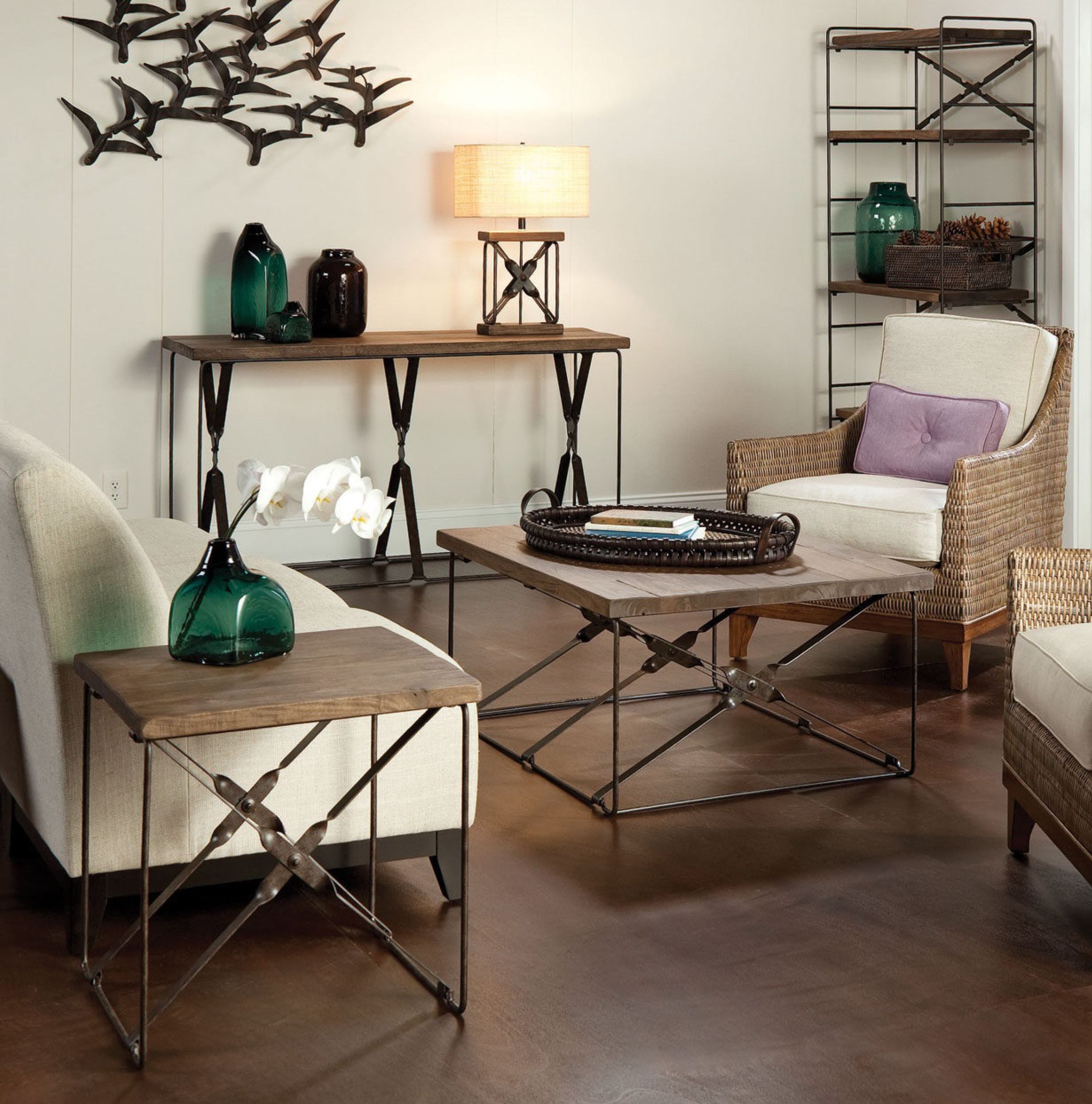
Embrace Plants
Embracing plants in interior design adds natural beauty and also enhances sustainability. Plants improve indoor air quality by filtering pollutants and releasing oxygen, creating a healthier and soothing living environment. They also regulate humidity levels and can help provide natural cooling in your living space.
Incorporating a variety of indoor plants, such as succulents, ferns, and peace lilies, adds texture and visual interest to your space while promoting eco-conscious living. Plus, caring for plants fosters a deeper connection to nature within your home.
Choose Terracotta Flooring
A natural clay material that is abundant and easily replenished, terracotta flooring is a sustainable choice for interior design. Its durability also reduces the need for frequent replacements.
Additionally, terracotta’s thermal mass properties help regulate indoor temperatures. This reduces reliance on heating and cooling systems, saving energy and reducing utility bills.
Opt for Low Volatile Organic Compounds (VOC) Paints
Opting for low-VOC paints is a key step in sustainable interior design. VOCs, or volatile organic compounds, are harmful chemicals found in traditional paints. They can negatively impact indoor air quality and your health.
Choosing low-VOC paints reduces harmful emissions and creates a healthier living environment for you and your family. Additionally, low-VOC paints are often made with more eco-friendly ingredients and manufacturing processes. These ingredients align with sustainable principles and reduce environmental impact.
These paints can be found at most major paint retailers, home improvement stores, and online product retailers. Remember to read the instructions before using or hire an expert to help paint your living space using the product.
Opt for a Minimal Design
Choosing a minimal design approach promotes sustainable interior design by prioritizing simplicity and functionality. This design style emphasizes reducing clutter and unnecessary items, minimizing resource consumption and waste.
Opting for minimalist furniture and decor pieces made from sustainable materials further enhances eco-friendliness. Additionally, a minimalist design encourages mindful consumption and focuses on quality over quantity. This leads to long-lasting and timeless interiors.
Embrace Modular Units
Choosing modular units for interior design supports sustainability by offering flexibility and efficiency. Modular furniture and storage systems are versatile and adaptable, allowing you to customize your space according to your needs.
Modular units often utilize space more efficiently and reduce the footprint of your design. Additionally, these units are designed for disassembly and reuse. This promotes longevity and reduces waste.
Incorporate Concrete Flooring
Incorporating concrete flooring in your home offers durability and eco-friendly benefits. Here are some of the benefits you will get when using concrete flooring:
- Durability: Concrete flooring is durable and can withstand heavy foot traffic and wear over time.
- Low maintenance: Requires minimal upkeep, saving time and resources on cleaning and maintenance.
- Sustainability: Can be made from locally sourced materials and often incorporates recycled content, reducing environmental impact.
- Thermal mass properties: Helps regulate indoor temperatures, leading to potential energy savings on heating and cooling.
- Versatility: Can be customized with various finishes, colors, and textures to suit different design preferences.
- Longevity: With proper installation and care, concrete flooring can last for decades, offering a long-term flooring solution.
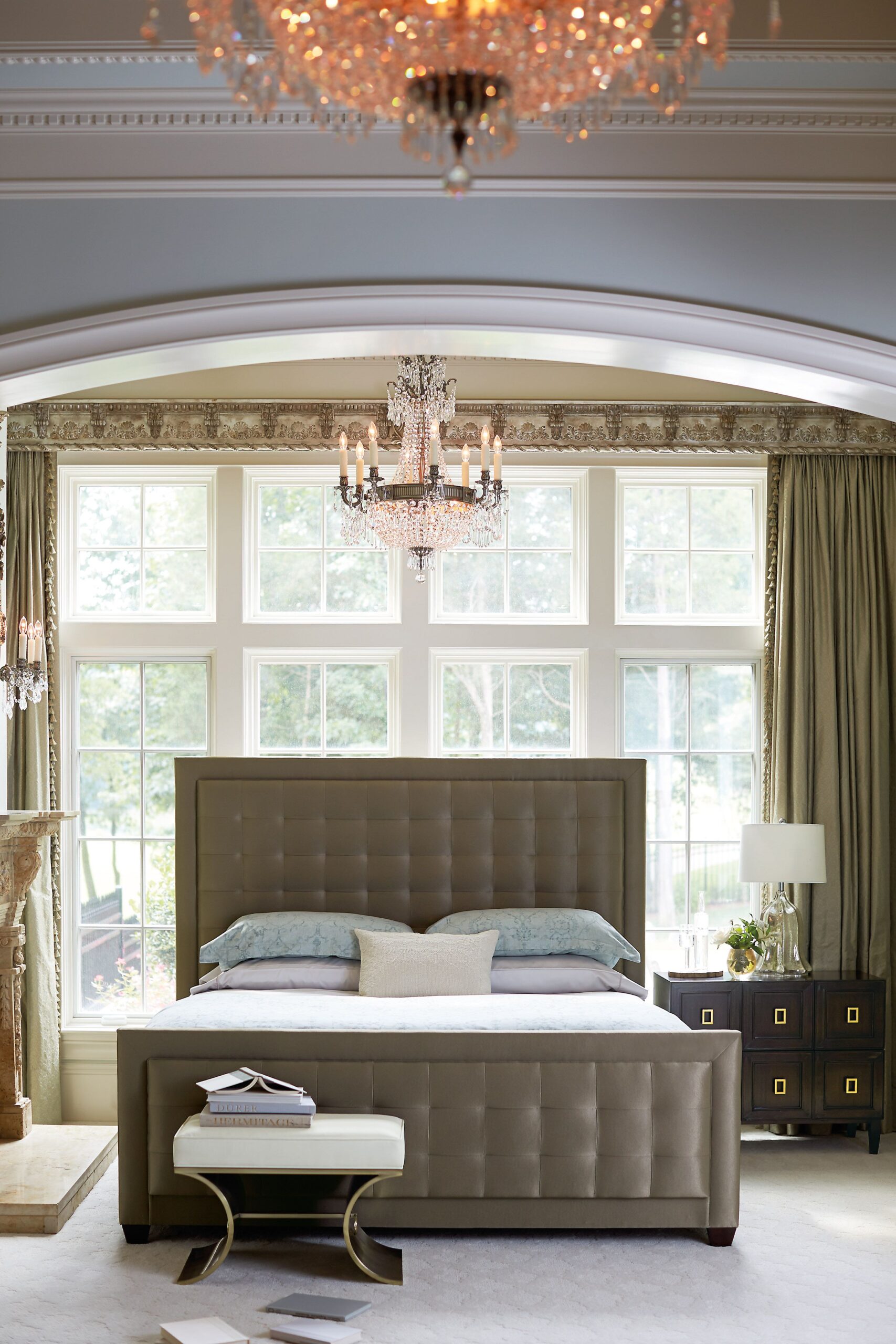
Source From Local Businesses
Sourcing materials and furnishings from local businesses supports the community and reduces carbon emissions as it minimizes transportation distances and the associated environmental impact.
Additionally, supporting local businesses fosters economic growth and strengthens the local economy. Working with local artisans and craftsmen also allows for more personalized and unique design solutions tailored to your preferences.
Choose Cork Wallpaper
Choosing cork wallpaper is an excellent idea as it offers both aesthetic appeal and eco-friendly benefits. Cork is a renewable material harvested from the bark of cork oak trees without harming the tree, making it an environmentally-friendly option.
It also provides natural insulation, which helps to regulate temperature and reduce energy consumption. Additionally, cork is a durable and easy-to-maintain material that offers long-lasting beauty to your walls.
Opt for Natural Cleaning Products
Opting for natural cleaning products is an excellent way of promoting a healthier living environment. Here are some of the benefits of opting for natural cleaning products:
- Healthier indoor air quality: Natural cleaning products contain fewer harsh chemicals, reducing indoor air pollution and promoting a healthier living environment.
- Reduced environmental impact: Biodegradable ingredients in natural cleaners break down more easily, minimizing harm to ecosystems and waterways.
- Safer for pets and children: Non-toxic formulations are gentler on skin and respiratory systems, making them safer for households with pets and children.
- Eco-friendly packaging: Many natural cleaning products use recyclable or biodegradable packaging, further reducing environmental impact.
- Versatility: Natural cleaners like vinegar, baking soda, and lemon juice can be used for multiple cleaning tasks, reducing the need for multiple specialized products.

Related Questions
How do You Show Sustainability in Design?
Sustainability in design can be demonstrated through various strategies, such as using eco-friendly materials and incorporating energy-efficient systems. You can also show it by maximizing natural light, sourcing locally, and minimizing waste through recycling and upcycling.
How can Interior Designers Reduce Waste?
Interior designers can reduce waste by specifically using sustainable materials with minimal packaging, repurposing existing furniture and fixtures, and implementing efficient space planning to minimize usage of excess materials. They can also collaborate with suppliers that offer recycling programs and educate clients about sustainable design practices.
What are the Benefits of Sustainable Design?
The benefits of sustainable design include reduced environmental impact, improved indoor air quality, and lower energy consumption and utility costs. It also enhances occupant health and well-being and creates a more resilient and future-proof environment.
Conclusion
When we embrace sustainable interior design, we’re not just shaping spaces; we’re cultivating a mindset. When we prioritize eco-friendly materials, energy efficiency, and mindful consumption, we prioritize living in harmony with nature and taking care of this planet we call home. Let’s continue crafting design-first spaces that also inspire, respect, and nurture our planet.


